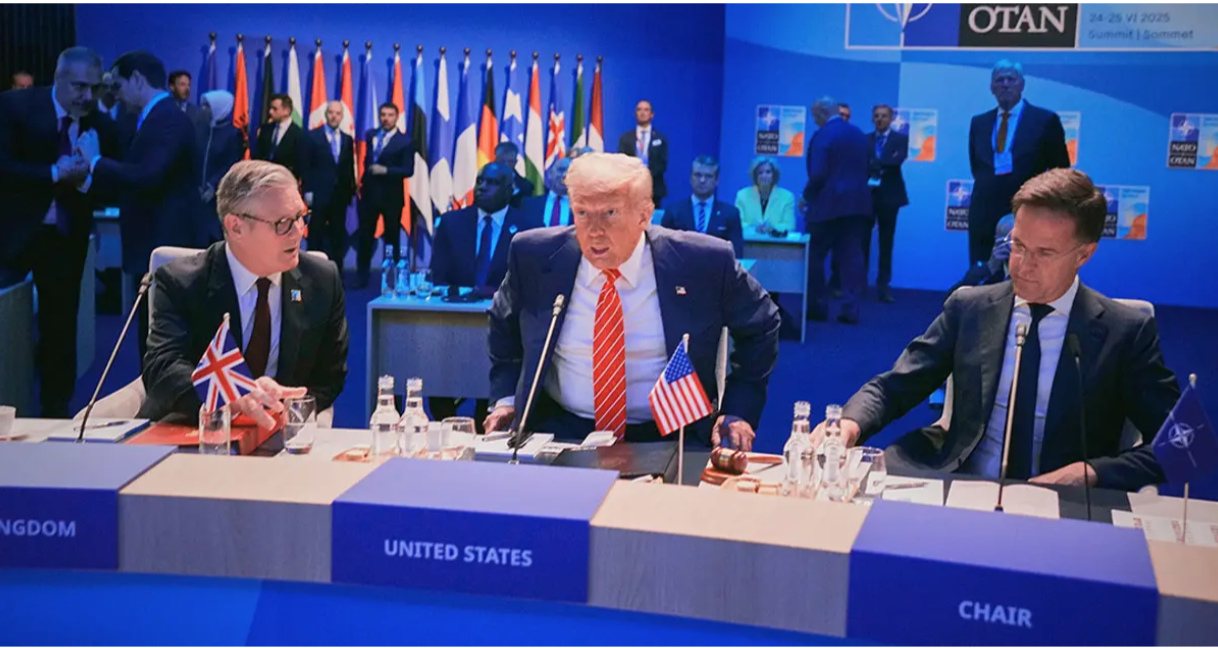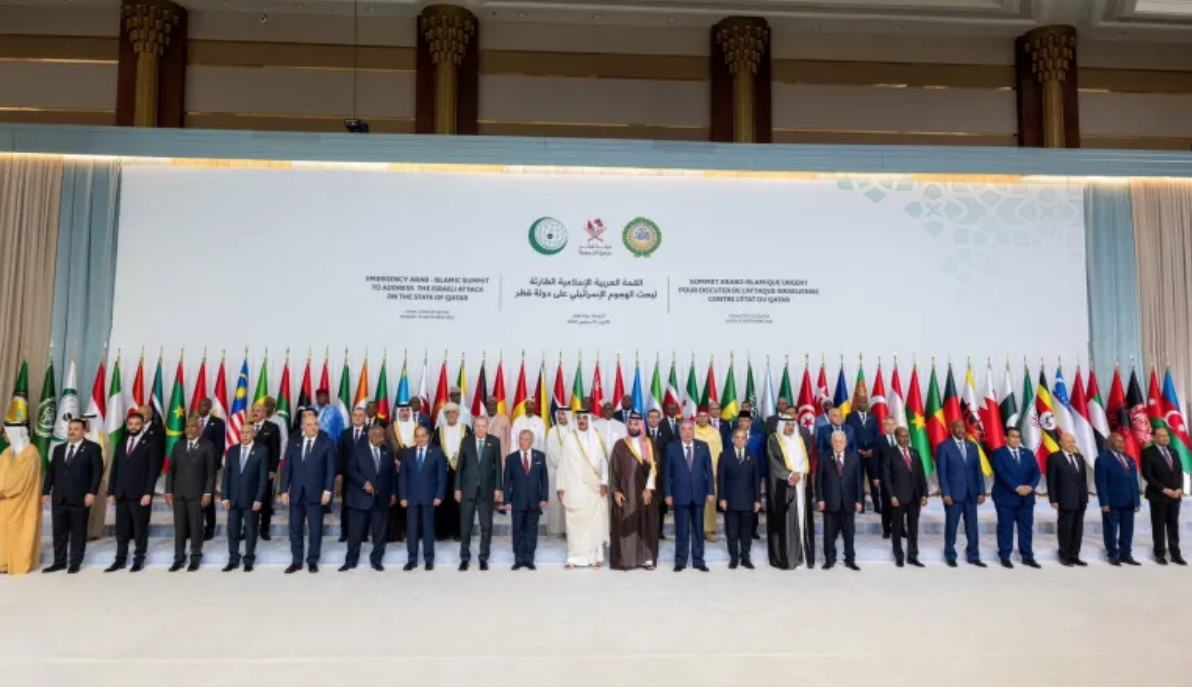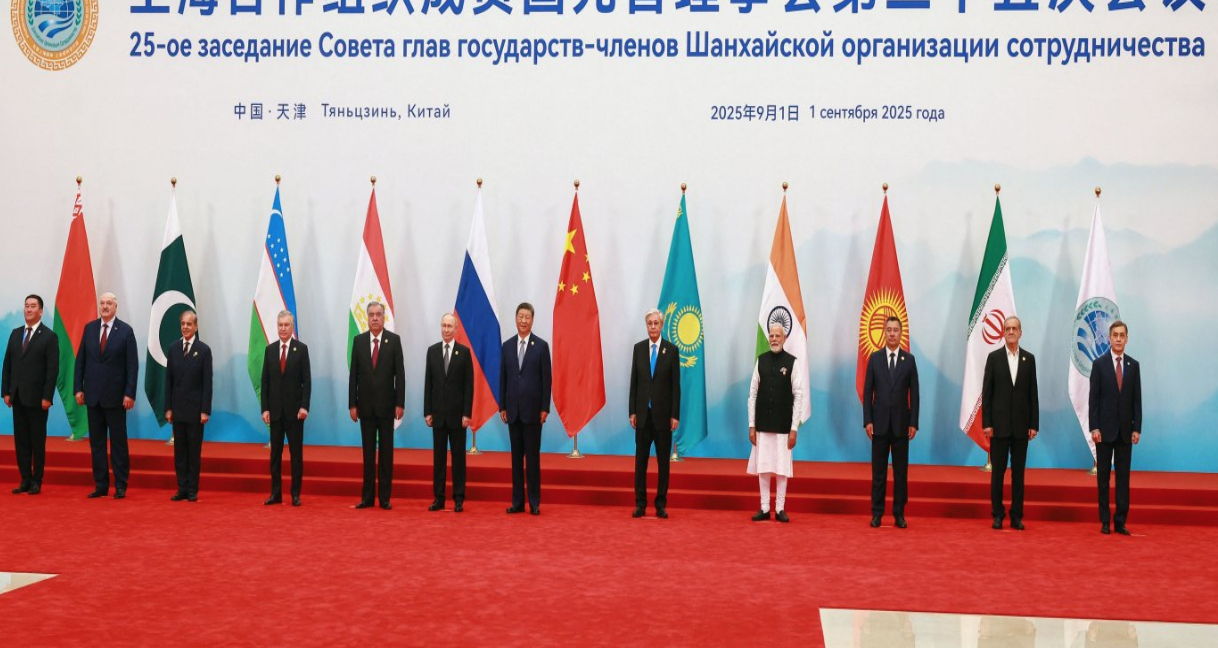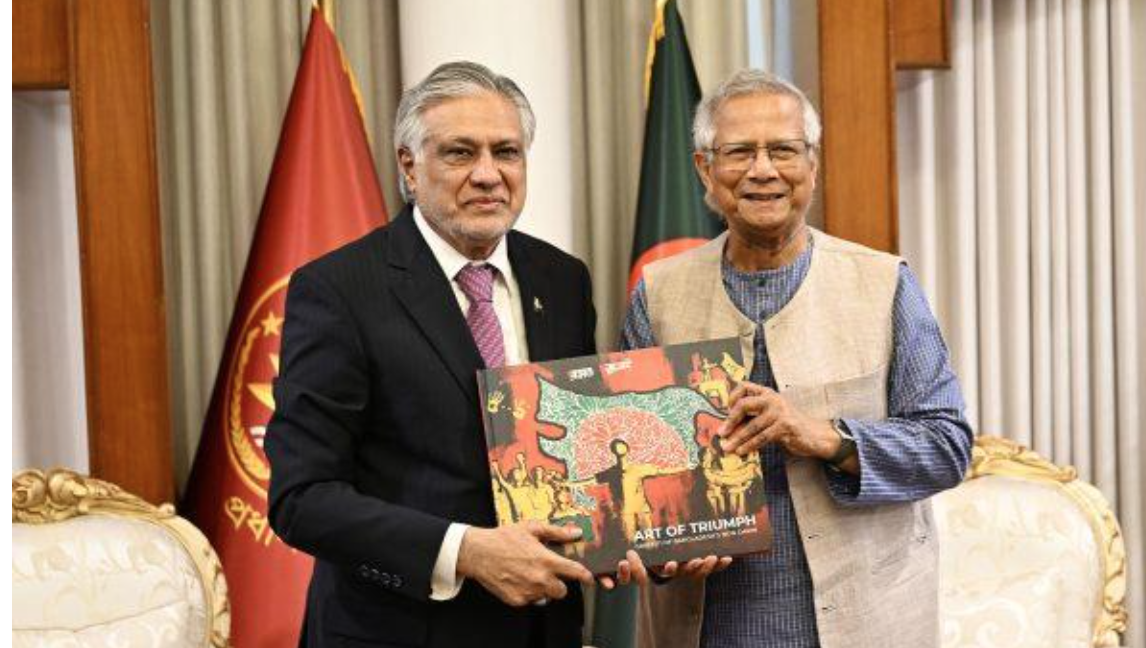The discussion at the Monthly Researcher’s Meet (MRM) held on 7 July 2025 at the BIISS Auditorium centred on the theme “NATO and G7 Summits 2025: Key Takeaways.” Participants engaged in an in-depth examination of the broader strategic implications of the recent summits, analysing how the convergence between security and economic alliances is reshaping the global order and what this transformation means for emerging powers such as Bangladesh. The deliberation began with an acknowledgement that both NATO and the G7 have evolved far beyond their original mandates: NATO extending its purview into cyber defence, climate resilience, and technological innovation, and the G7 increasingly acting as a steering committee for global economic governance. This widening scope, participants observed, underscores the emergence of a new form of collective leadership among advanced economies seeking to safeguard their strategic and economic interests in an era of intensifying systemic competition.
A Converging Strategic Front
Discussions on the 2025 NATO Summit revealed a striking shift in the alliance’s orientation. Once focused almost exclusively on territorial defence, NATO has now redefined itself as a platform for global security coordination. The 2025 summit reaffirmed commitments to deterrence, defence innovation, and cyber resilience, while expanding partnerships with Indo-Pacific states such as Japan, Australia, and South Korea. Participants noted that these developments mark NATO’s gradual transformation from a regional military alliance into a global security actor. Its outreach to the Indo-Pacific, though framed as partnership, effectively extends transatlantic influence into Asia, blurring the boundaries between regional and global security frameworks.
G7’s Expanding Economic Governance
Parallel to NATO’s evolution, the 2025 G7 Summit demonstrated the growing ambition of economic alliances to shape non-military dimensions of global order. The summit’s core themes: restructuring global supply chains, advancing climate finance, and establishing norms for artificial intelligence and digital governance, all reflect a recognition that future power will rest on technological sovereignty and economic resilience. Participants observed that the G7’s agenda now mirrors NATO’s in strategic orientation, with both institutions seeking to counter vulnerabilities exposed by global conflicts, pandemics, and economic fragmentation. The line between economic and security policymaking, once distinct, is rapidly dissolving.
The Fusion of Security and Economics
Several discussants emphasised that the overlap between NATO and G7 agendas signals a new strategic era in which the West is constructing an integrated architecture of influence that combines military deterrence with economic governance. This synthesis reflects a shared commitment to reinforcing the “rules-based international order” and maintaining a technological and normative edge against competing powers. Yet, as participants cautioned, this consolidation of Western-led frameworks also risks marginalising voices from the Global South, limiting the inclusivity of global governance at a time when interdependence is at its peak.
Implications for Bangladesh
For Bangladesh, which remains outside both forums, the discussion highlighted a dual reality: exclusion from formal decision-making circles, yet growing relevance in their strategic calculus. Participants agreed that Bangladesh’s position as a rapidly growing economy, a bridge between South and Southeast Asia, and an active contributor to peacekeeping and climate diplomacy provides tangible avenues for engagement. The consensus view was that Bangladesh’s foreign policy should continue pursuing strategic flexibility, which involves engaging constructively with Western-led initiatives where beneficial, while preserving non-alignment and autonomy in global affairs.
Strategic Pathways Forward
The floor reflected on how states like Bangladesh can influence global agenda-setting despite structural exclusion. Several pathways were proposed: deepening coalition-building within the Global South, leveraging participation in multilateral institutions such as the UN and the Non-Aligned Movement, and projecting leadership through issue-based diplomacy in climate action, sustainable development, and digital governance. Participants underscored that Bangladesh’s credibility in humanitarian and developmental spheres could serve as its diplomatic capital in navigating a rapidly polarising world.
A Concluding Note
In closing, the discussion converged on a shared insight: the world is entering a phase where economic strategy and security architecture are no longer separable. NATO and the G7, through their converging agendas, represent the institutional face of this transformation. For Bangladesh, the challenge is not merely to react to this shift but to position itself strategically within it: balancing partnerships, preserving sovereignty, and advancing its interests in an era defined by interlinked security and economic imperatives. Strategic agility, diversified partnerships, and principled diplomacy will remain the essential instruments for navigating this evolving global order.
This was part of a presentation in the in-house MRM, which was chaired by the Director General, BIISS. The Discussant for this event M Ashique Rahman, Senior Research Fellow, BIISS





